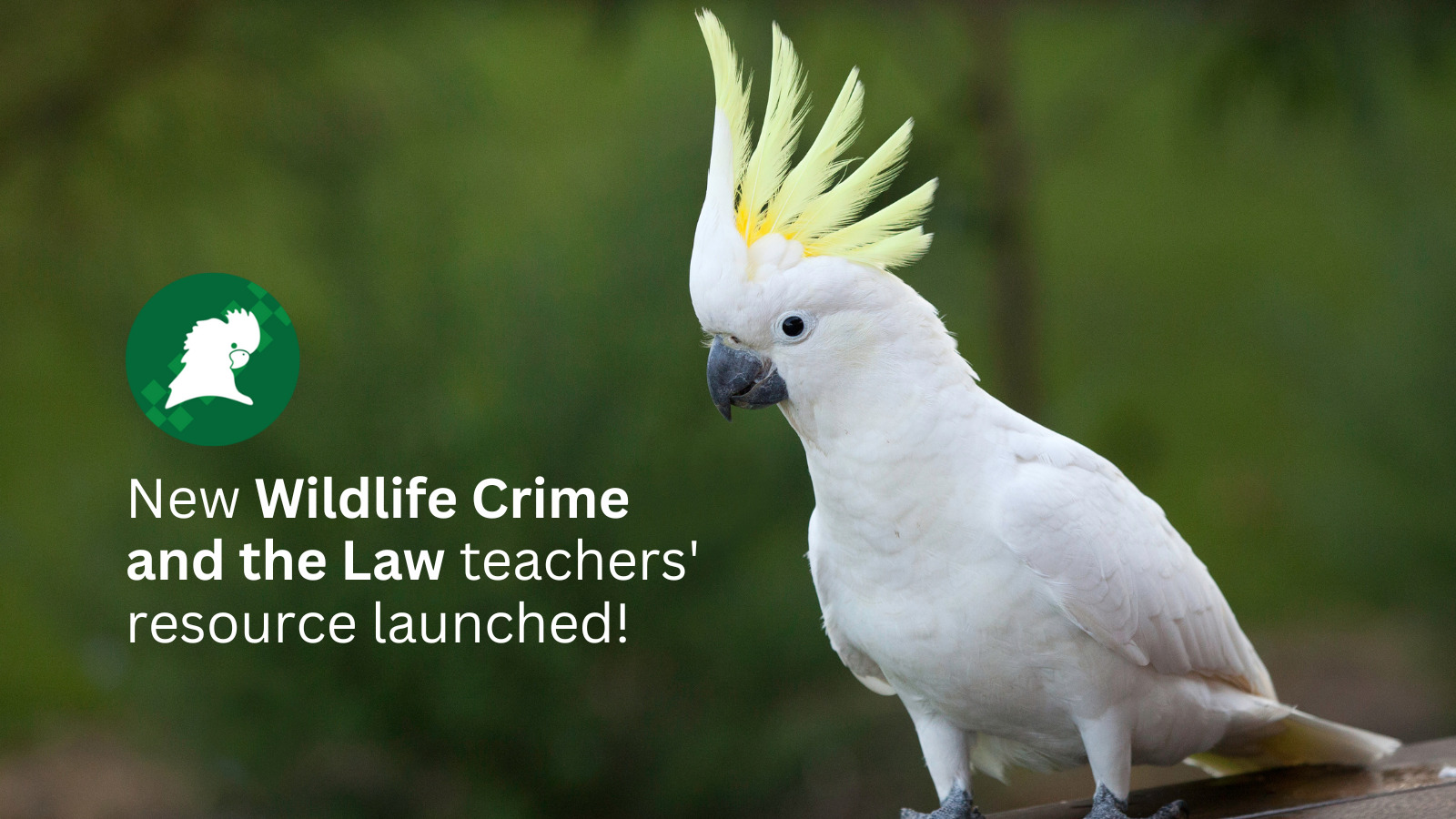Crime Stoppers Queensland taking action to end the illegal trade of wildlife
Did you know wildlife and environmental crime is big business on the black market and has become one of the largest threats to Australia’s most threatened species?
Did you know wildlife and environmental crime is big business on the black market and has become one of the largest threats to Australia’s most threatened species?

Crime Stoppers Queensland is taking action against wildlife trafficking (worth AU $30 billion globally each year), launching Australia’s first Wildlife Crime and the Law teaching resource – available for Queensland students from Years 7-10.
The teaching resource follows the ongoing partnership between Crime Stoppers Queensland and the Australia Zoo Wildlife Warriors to offer cash rewards for information that leads to arrests or charges for wildlife crime.
In addition to more than 45 different links to videos, websites, apps and worksheets, the Wildlife Crime and the Law theme pack offers flexible lesson ideas that cover:
Crime Stoppers Queensland State Manager Renae Long said educating the younger generation was vital in the ongoing fight against wildlife trafficking.
“Our nation’s exotic reptiles, amphibians and birds are highly prized and command big prices on the black market here and overseas, with the pet trade hungry for our lizards, snakes and bird species such as parrots and cockatoos,” said Mrs Long. “We need to partner with everyone in the community to make a difference.
“During transportation, these animals are often bound by tape and packed into small containers for anywhere from a couple of hours to a few days. By the time they arrive overseas, animals have often suffered from dehydration and a lack of oxygen, while some sadly die during the journey.”
Bright colours and their exotic nature see Australian snakes & other reptiles illegally trafficked overseas, while native birds such as rainbow lorikeets and peach-faced cockatiels are also highly valued on the international pet market because of their unusual colourings, behaviours and genetic traits.
“Everyone can play a critical role when it comes to the fight against wildlife crime by sharing what they know or suspect with Crime Stoppers, without the need to say who they are or get involved,” Ms Long said. “Our latest teachers’ resource actively engages our next generation so they understand what they can do to help stop wildlife crime.”
Wildlife conservationist Terri Irwin said, “Australia Zoo is proud to support Crime Stoppers Queensland with the launch of Australia’s first Wildlife Crime and the Law teaching resource. Through our state-wide partnership, we’ve been able to increase awareness around protecting wildlife from illegal criminal activity,” said Terri
“The Australia Zoo Wildlife Hospital has admitted patients who were intentionally harmed in the wild, from a possum shot with an air rifle pellet, to a brush-turkey covered in spray paint, and magpies poisoned with a chemical substance. We must do more to inform and educate, so that our beautiful wildlife can thrive in their natural habitat, where they belong.”
The Wildlife Crime and the Law theme pack is the seventh in the suite of nationally available materials, which provide flexible content and lesson ideas, resources and assessments for teachers, who can select lesson ideas in any order to best suit the interest and needs of students.
Existing theme packs that are already part of the suite explore cybercrime, the justice system, crime laws, law enforcement and the role of citizens in relation to crime, including how Crime Stoppers can help. Teachers can access the resource through Scootle, a national digital repository of teacher resources made available by Education Services Australia as well as on the Crime Stoppers Australia website.